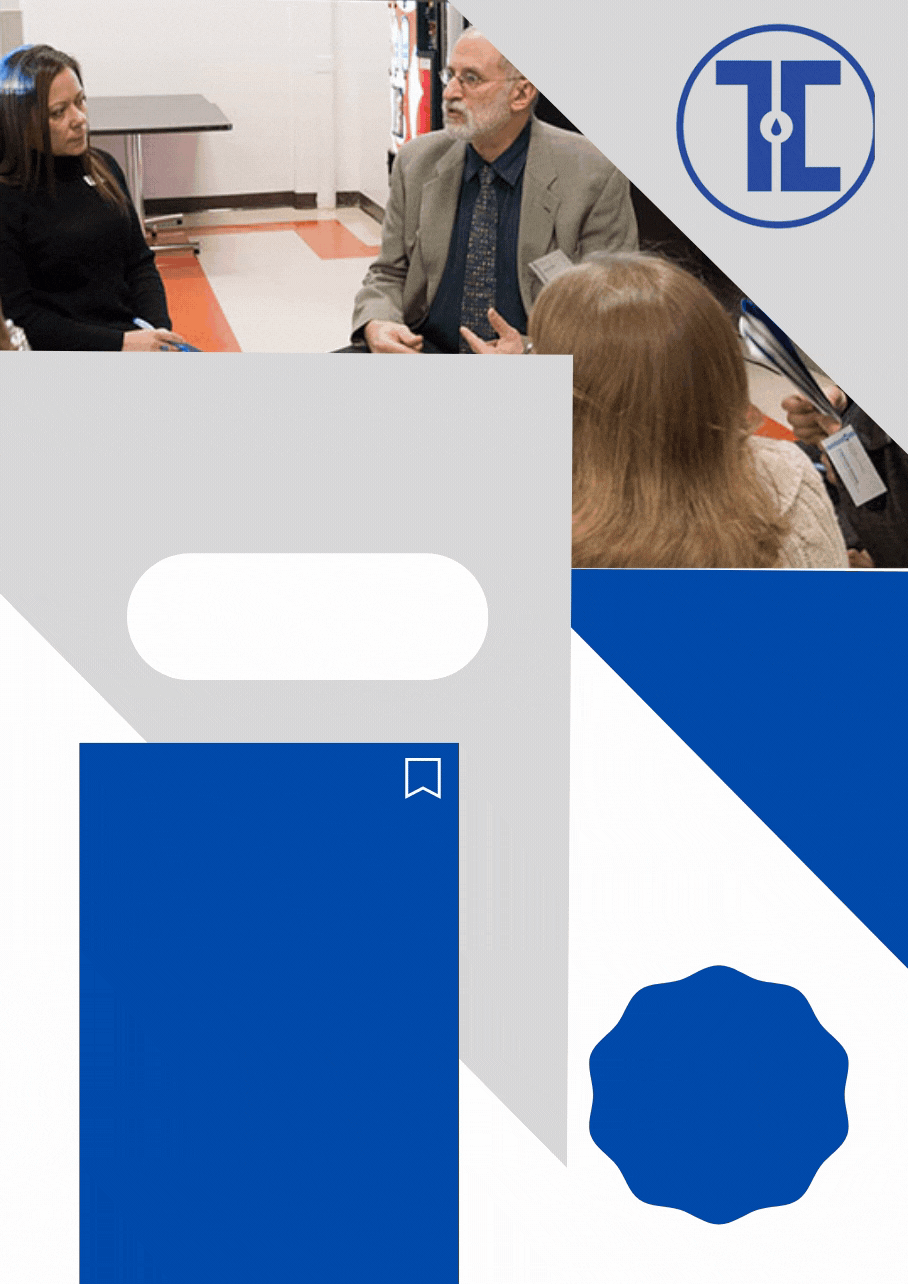
4 Ways Educators Can Use Zoom to Maximum Advantage
Holly Owens, Touro College’s Assistant Director of Instructional Design with Online Education, on how to leverage the popular video conferencing platform to enrich online learning
Teaching in the time of Covid-19 presents a challenge for even the most seasoned of educators. While online classes are far from new—people were earning degrees online long before this pandemic—the moving of in-person classes to a virtual environment has not been easy for many. As conducting classes via Zoom becomes the norm for many schools for the foreseeable future, many teachers are still adapting to a this new method of learning.
Holly Owens, Touro College and University System’s Assistant Director of Instructional Design with Online Education,is familiar with the potential pitfalls of teaching online—as well as the many benefits it has to offer. “Online technology, and Zoom in particular, is never going to be exactly the same as what you used to do face-to-face,” she says. “But it can get close. The technology does allow for many things we as teachers have always done, such as assigning group projects, connecting one-on-one with students, and having class discussions.”
“I’d never heard of that degree, but it defined exactly what I was doing,” said Karoll. At the time, she worked with a foundation that gave smartboards to schools. The schools then created lesson plans using the gifted smartboards and contributed those lessons to a database, creating a free resource for other educators to draw from.
Here, Owens focuses on Zoom, and offers four tips for maximizing its potential:
1. Use breakout rooms to create small groups
“One of the features I really love on Zoom is the breakout rooms,”
says Owens. Breakout rooms allow for small groups of students to have
discussions within a larger Zoom session; the administrator of the Zoom
session has control over when the breakout sessions begin and end, and who
is together in the groups. The instructor
can also virtually hop in and out of breakout sessions, offering feedback and keeping students on track.
“I can either pre-assign breakout groups, or manually create them when I’m in the Zoom,” Owens explains. “It creates different virtual areas, as if we were in a face-to-face classroom and divided into small groups. On Zoom, I can go from group to group and jump in and answer questions or clarify things. It really allows for that jigsaw type of feelings in the classroom, where you can break up the content and still have students work together in groups that you can go in and manage.”
2. Turn videos on to foster class discussions
Anyone who’s had an early-morning Zoom meeting can probably relate
to the desire to turn the laptop camera off and hide behind a profile photo.
However, Owens finds that asking students to keep their videos on allows her
to conduct formal class discussions that aren’t too different from what they
would have had in person. “It can be a roundtable discussion, just as if we
were in the classroom; I can set it up where each student has a certain amount
of time to talk,” she explains.
“Even though we’re not in person, Zoom really enables us to have that human connection.”
Dr. Issac Herskowitz, founding dean of Touro’s Graduate School of Technology and chair of the Instructional Technology program, is adamant about the need for students to have their videos on during Zoom classes. “If teachers allow students not to show their faces, the interaction drastically changes. It diminishes the entire experience. Instead of a class, you’re having a teleconference. Teachers can’t interact with a blank screen.” At the same time, Herskowitz is sensitive to the fact that students are taking class from a variety of different environments, and suggests that if students would like to maintain privacy, they can use Zoom’s “virtual background” feature.
3. Hold office hours to connect one-on-one
One of the best ways for students to get extra help in class is
to visit their instructors during office hours. Having one-on-one
time with teachers is often the best way for students to get clarity on difficult concepts,
catch up after an absence, or otherwise address issues where they may be struggling.
Online learning doesn’t have to mean the end of office hours; in fact, it can make them easier and more accessible for both students and teachers. “I was using Zoom in my classes before the pandemic,” says Owens, “and now, I use it for office hours.” She simply lets students know what time she will be available on Zoom and sends them a link where they can sign up for a meeting time.
4. Record information to share later in class
Another way Owens utilizes Zoom is to pre-record lectures, slide shows,
and other information to share with classes later. The platform’s cloud
recording capability lets instructors prepare lessons ahead of time and
also share videos that students can watchoutside of class, on their own time.
Exploring all the different technical options Zoom offers is
a great way to make sure you—and your students—are getting the most out of online learning.
Are you interested in helping students and teachers get the most out of online learning? Touro Graduate School of Technology offers a degree in Instructional Technology, with a corporate track that prepares students to become Distance Learning Specialists. “It’s a hot field,” says Herskowitz. “Companies are allocating billions of dollars toward training for online education and distance learning strategies. There’s so much demand right now. Our degree puts students on track to take advantage of all the amazing opportunities out there.”
Want to explore more?
Check out the recordings from our professional development workshops
or sign up for a future workshop by clicking HERE,
or sign up for our next online information session by clicking HERE.













